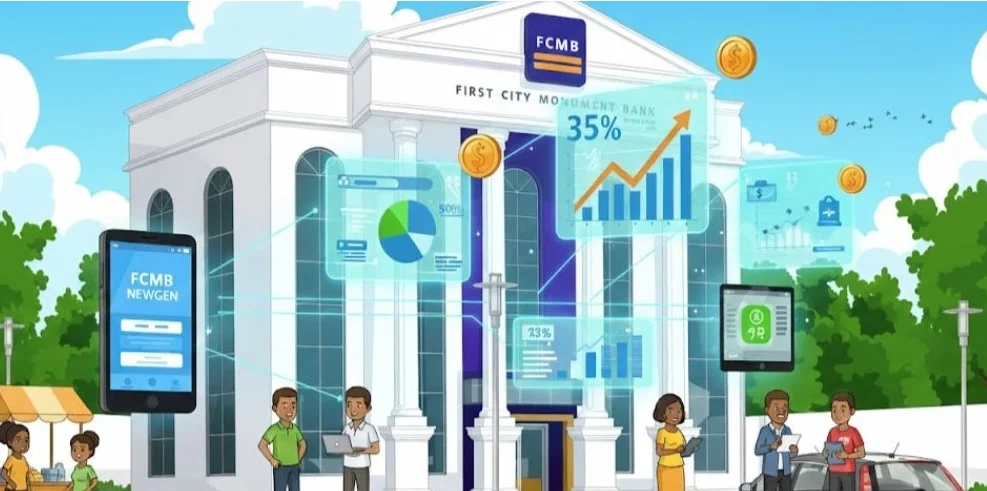As the digital world evolves, so do the methods and tactics of cybercriminals. Cybersecurity has traditionally been about preventing attacks, but in 2025, the focus is shifting toward building cybersecurity resilience—the ability to withstand, adapt to, and recover from cyber threats. In an era where data breaches, ransomware, and other cyberattacks are more common, it’s essential to have a proactive approach that prepares you for the unexpected. Here’s how you can focus on strengthening your cybersecurity resilience:
1. Adopt a Layered Security Approach
A single defense mechanism is no longer sufficient to protect against increasingly sophisticated cyberattacks. Instead, employ a multi-layered security strategy that combines multiple tools and protocols. This could include firewalls, encryption, endpoint security, and intrusion detection systems. With this layered approach, even if one defense fails, others will provide additional protection.
-
Firewalls: Keep your network protected from unauthorized access.
-
Endpoint Protection: Protect devices like laptops, mobile phones, and servers from attacks.
-
Encryption: Encrypt sensitive data to make it unreadable to hackers in case of a breach.
Having multiple security layers means that cyber threats will face significant hurdles before reaching sensitive systems and data.
2. Continuous Monitoring and Threat Intelligence
Cybersecurity resilience also involves the continuous monitoring of systems to detect potential threats early. Rather than waiting for an attack to happen, continuously monitor network traffic, endpoints, and user behavior for unusual activities. Early detection can significantly minimize the impact of a breach.
-
Threat Intelligence: Stay updated with threat intelligence feeds to understand emerging threats. Many cybersecurity providers offer threat intelligence services that deliver real-time insights about potential risks and vulnerabilities.
Additionally, AI and machine learning are proving to be valuable tools for predictive threat detection. By analyzing large volumes of data, these tools can spot anomalies that might indicate a potential security breach. Integrating such technologies into your security infrastructure can boost your ability to proactively address emerging threats.
3. Incident Response and Recovery Plans
No matter how robust your defenses are, breaches can still happen. That’s why having a well-defined incident response plan is vital for your cybersecurity resilience. An incident response plan outlines the steps to take when an attack occurs, helping your team react quickly and effectively.
-
Plan for Containment: Have a strategy for containing the breach to prevent further damage. This may involve isolating affected systems and cutting off external connections.
-
Data Backup: Regularly back up critical data to ensure you can quickly restore your systems in the event of a ransomware attack or data breach. Make sure these backups are encrypted and stored securely.
-
Post-Breach Analysis: After the breach is contained, perform a thorough investigation to understand how it happened, assess the damage, and identify any gaps in your security.
Being prepared with an incident response plan allows you to minimize downtime, reduce the impact on your operations, and ensure a swift recovery.
4. Zero Trust Architecture
The concept of Zero Trust is gaining traction in 2025 as a model for securing modern IT environments. Unlike traditional security models that rely on perimeter defenses (firewalls, VPNs, etc.), the Zero Trust approach assumes that threats could be present both inside and outside the network.
-
Identity and Access Management (IAM): Ensure that only authenticated and authorized users have access to systems and data. Use multi-factor authentication (MFA) and strict access controls based on roles and responsibilities.
-
Least-Privilege Access: Grant users and applications the minimum level of access necessary to perform their functions. This reduces the potential damage caused by compromised credentials.
Zero Trust architectures prevent lateral movement within networks, ensuring that even if attackers breach one system, they cannot easily access other systems.
5. Employee Training and Awareness
Humans remain one of the weakest links in cybersecurity. As part of your resilience strategy, ensure employee training is a top priority. Your team needs to be aware of the latest phishing scams, social engineering attacks, and how to identify suspicious emails or websites. Regular training can help employees recognize threats and reduce the likelihood of a successful attack.
-
Phishing Simulations: Run mock phishing attacks to see how well employees can identify fraudulent emails.
-
Security Policies: Create and enforce security policies on password management, device usage, and handling of sensitive data.
An informed and vigilant workforce is one of the most effective defenses against cyber threats.
6. Regular Security Audits and Vulnerability Assessments
Cyber threats constantly evolve, and so should your defenses. Regular security audits and vulnerability assessments allow you to identify weaknesses in your system before they are exploited by attackers.
-
Penetration Testing: Hire ethical hackers to test your security infrastructure by simulating cyberattacks. This provides an in-depth look at potential vulnerabilities and weak points.
-
Vulnerability Scanning: Regularly scan your systems and networks for known vulnerabilities and ensure that patches are applied promptly.
By performing these assessments, you can stay ahead of potential threats and continuously improve your security posture.
7. Third-Party Risk Management
In an interconnected world, third-party vendors can also be entry points for cybercriminals. Your cybersecurity resilience strategy must extend to your supply chain and partners.
-
Vendor Risk Assessments: Evaluate the security practices of your third-party vendors to ensure they meet your security standards.
-
Contractual Protections: Include cybersecurity clauses in contracts with vendors, requiring them to adhere to strict security measures.
Third-party risk management ensures that the organizations you work with do not introduce vulnerabilities into your network.
Conclusion: Building Cybersecurity Resilience for the Future
Cybersecurity resilience is not just about preventing attacks but preparing for the worst-case scenario and ensuring that your systems can recover quickly. By adopting a layered security approach, continuously monitoring for threats, creating a solid incident response plan, and investing in technologies like Zero Trust and employee training, you can significantly improve your organization’s ability to withstand and recover from cyber threats.
In 2025, the key to cybersecurity lies in being proactive, not reactive. With the rise of sophisticated cyber threats, building resilience will be essential to ensure business continuity, protect sensitive data, and maintain customer trust.












